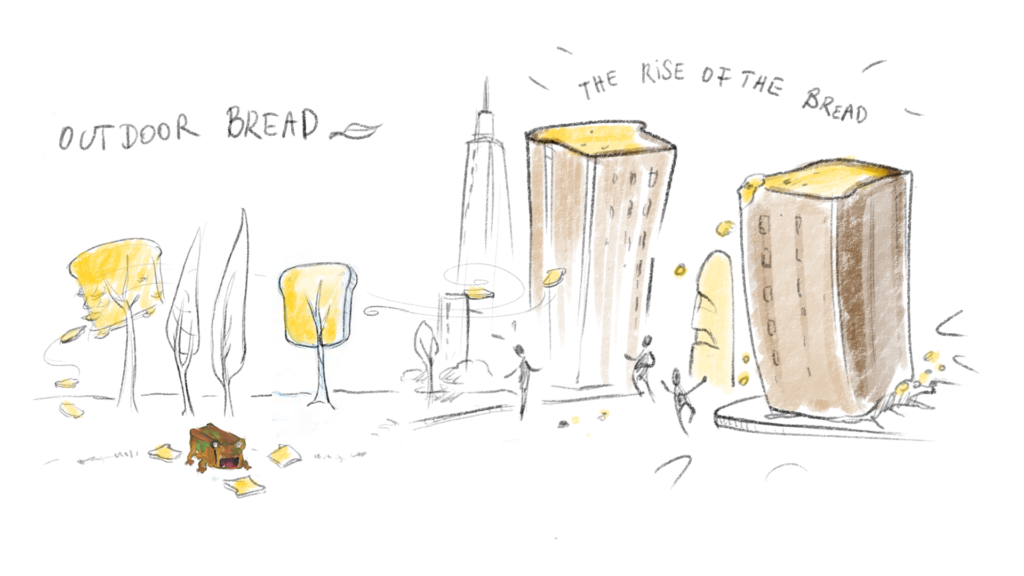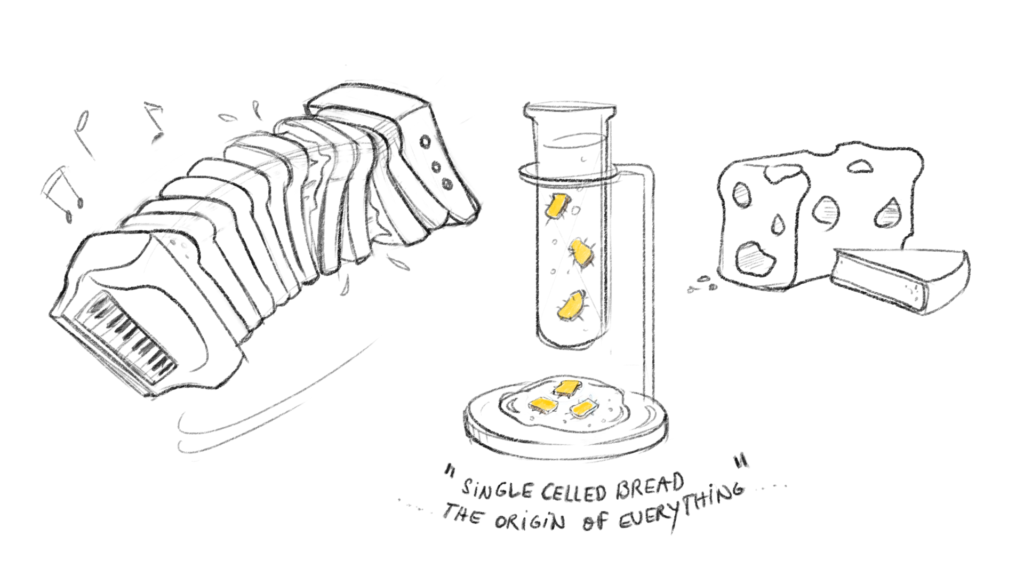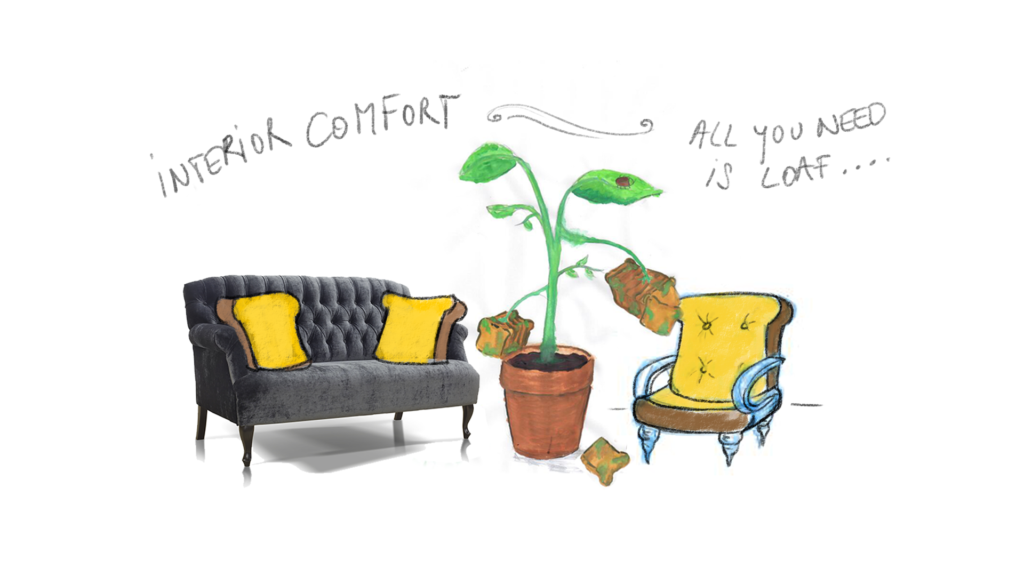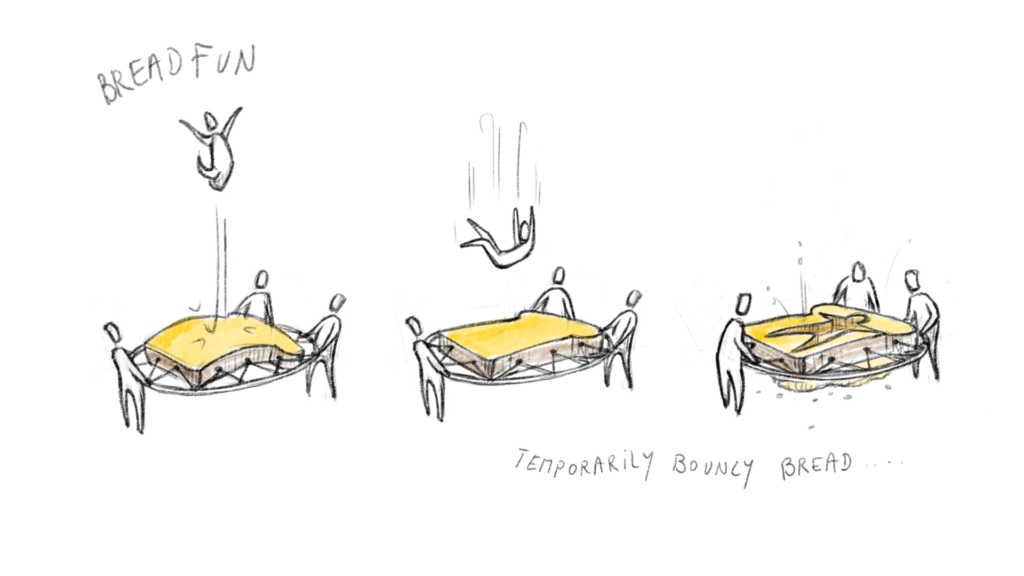Many people believe that creativity is a special gift, only granted to a few geniuses out there. A widely held belief still is that the ordinary person can’t possibly come up with something original or new, as they simply don’t have a special talent like drawing skills, artistic understanding or poetic expression to name a few of those creative gifts.
I believe creativity is given to all of us and being able to create is part of human life. It’s needed when we need to come up with any solutions that are out of the box to solve problems, or replace ineffective thinking.
Whether you need to find a solution to train your dog to not chew up half the furniture while you are at work or simply find a more interesting way to ‘spice’ up your CV to stand out from the competition, you’ll need to engage that part of the brain that ticks a little different, a little less ordinary, a little bit more creative.
What does it mean to be creative?
When we are creative we embark on a journey into new and unexplored territory. We find new paths, untrodden ways of doing things in our daily lives. Creativity means doing the unusual, the un-tested, the un-approved. Sounds exciting? Well, it is! – It’s a hell of a lot of fun.
So, what’s holding you back?
Like with most things that haven’t been tested it comes with a tiny bit of risk. The risk of looking stupid. An unusual idea being picked up by closed minded people, can easily be dismissed or worse, ridicule your brave, creative ego. So you have to be a little bit brave too when your creativity tries to find a way of expressing itself.
If you really want to get into the flow of being creative you have to start taking things with a pinch of salt and don’t take yourself or other people’s comments too seriously. At least not at the early stages when you want your ideas to ‘germinate’.
Creating the possibility of solutions, finding new ways to solve a problems, finding new expressions while dipping into the unknown comes with a huge reward: creativity releases dopamines in your brain, which is one of the body’s happiness generators.
Creativity makes us happy.












